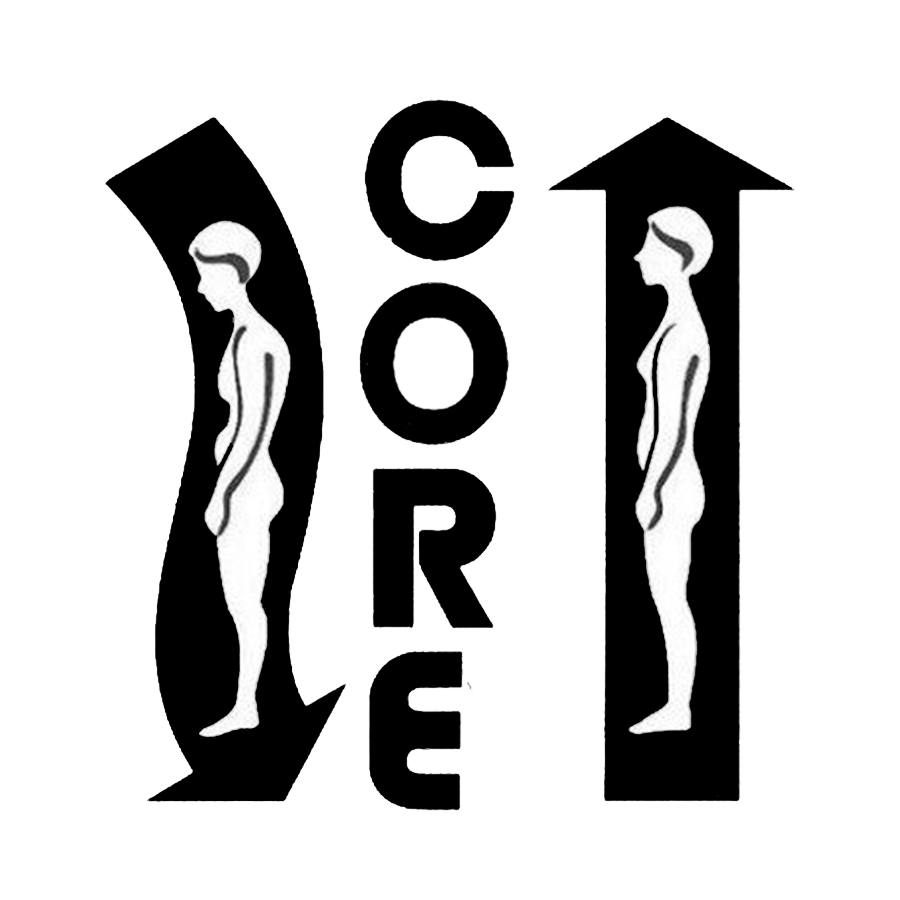Years ago, I worked for one winter in Portland, Maine, in a telephone solicitations office for Sears appliance service, trying to sell maintenance agreements on newly purchased Sears appliances. I say ‘trying’ because in the six months I think I made one sale! I was more concerned with trying to get people help when I heard their stories instead of trying to make a profit for Daddy Sears. But the term makes sense: When we choose to maintain our bodies, they’ll last a lot longer. It’s this kind of maintenance agreement I’d like to share with you.
In other words, I’m thinking of ways we can all find to help us take care of our own bodies more fully. So today I want to share with you an excerpt from my upcoming book Finding and Sharing Resilience: Coping In A Crazy World.· I hope the book will be released in March of this year…but before then, here are ideas that I think any of us could use if we truly want to tune into our own bodies and maintain them. See what you think! Perhaps one or more will challenge you to rethink the way you maintain your own bodymindcore.
Find your ‘line’. Imagine a pinpoint of light that starts at the top of the head and goes to your inner arches. Can you make that line longer and straighter? Can you take any ‘kinks’ that you tend to create in that line and stretch and balance them? Can you first find your ‘neutral’ line as you stand, before moving forward? Ready, aim, fire…not ready, fire, oops!
Whenever possible think head up, waist back. As I discussed earlier, one can get even more sophisticated by adding groin downfront and heart outfront, then bringing the ‘line’ even slightly forward instead of allowing self to slouch. Remember to keep head, heart, gut and groin further apart and in a straighter line.
Lead with your heart as you go out today. If or when you feel vulnerable, put an imaginary mirror/shield over your heart so whatever would normally bother you and cause you to shrink just goes back to its source and you can stay long and open.
Remember too, it’s all right to set boundaries and say ‘no’. It doesn’t make you a bad person if you choose to take care of yourself. Fill your own cup first and nurture others from the overflow, not from lack.
Notice your patterns and challenge them. Whenever possible, check your balance or lack of it. If you realize you always put more weight on the left leg, shift to the right. If you cross the right leg over the left habitually, shift to the other direction. If you prefer to live in your head, switch to your heart occasionally, or vice versa.
Whatever exercise or stretching awareness you use, try it again, but twice as slowly. After working with the new speed, try it again, twice as slowly. Get more discerning as you make smaller distinctions; you get so much more information this way. Keep in mind that the deeper you want to go, the more slowly you want to go. This is called ‘maturity’.
Drag and allow to wag that Pink Panther tail! You don’t need to shake your tailfeathers; on the other hand, there’s no shame in letting the tail be a bit looser. Wag, don’t bark!
Lead with your knees when you walk and put a spring in your step. Most of us are too heavy in our heels on legs that are too tight and unmoving…by springing instead of shuffling or slogging, we’re already creating more health and circulation, and softening our own back issues as we massage everything above through the use of resilience in the legs.
Let ‘that which you have’ be your exercise equipment. Whether you sit at a desk and shift side to side and front to back in the chair (or likewise in the car), whether you choose to simply stand and put your hands on a table, desk or counter and lift yourself so that your body hangs from your shoulders instead of the other way around, whether you use toe push-ups when you’re doing dishes, or waiting in lines, stay aware. Find ways to move when you’d normally remain static. Put two tennis balls in an old sock, tie it off and put it under your spine as you lay on it, roll around, and breathe while you use it as a personal massager. Even confined to a wheelchair, one could simply grasp the arms and try to lift out of the chair several times every now and then, or twist from side to side while holding those arms. Think of anything around you, including stairs and chair arms, as exercise equipment.
Remember: there’s a difference in sequence between Ready, Aim, Fire and Ready, Fire, Aim. Which do you do more of the time? Stop, stand, find neutral, and find your line and think about the goal before you move into the world with purpose.
So, I hope these ideas will give you something to think about in this coming year. We are all living in a crazy world, but it’s up to us to find and maintain sanity. I hope these ‘maintenance agreements’ will help you maintain your sanity and your health!
